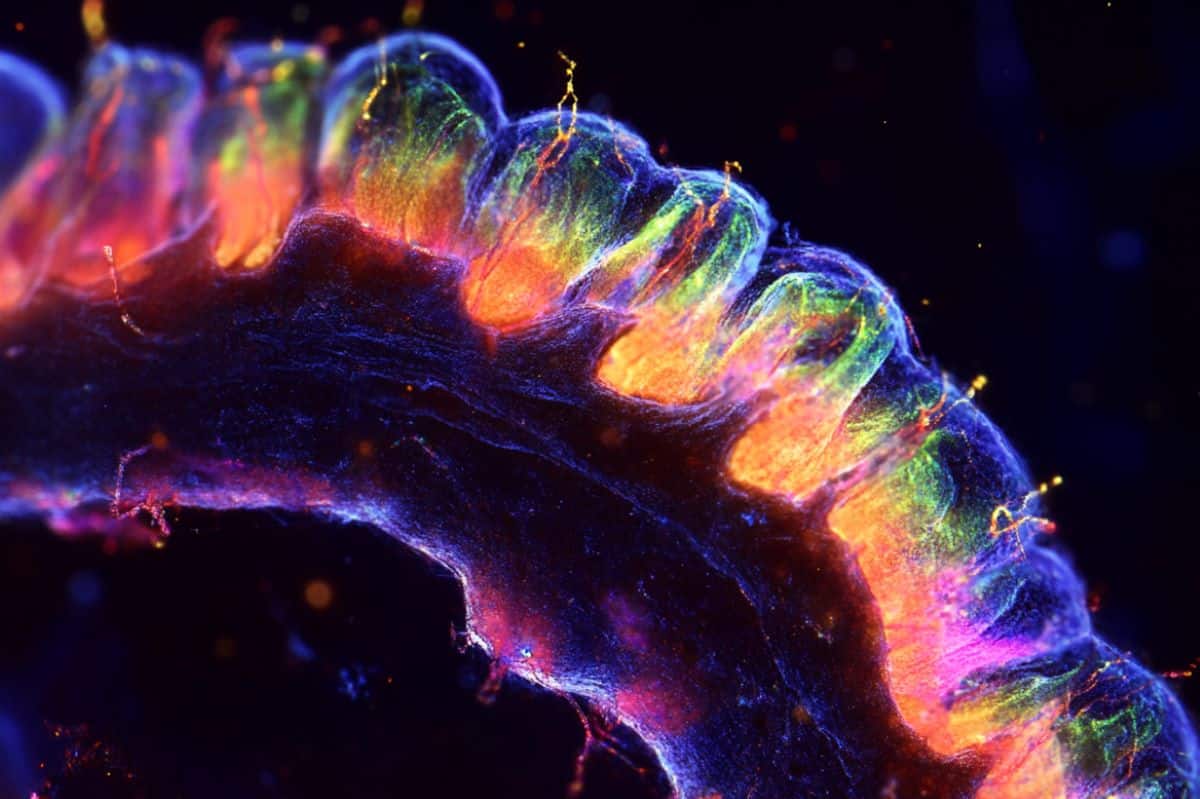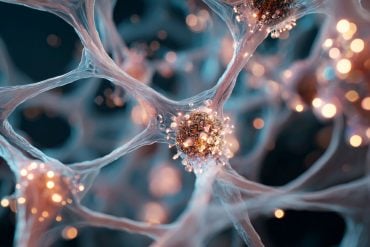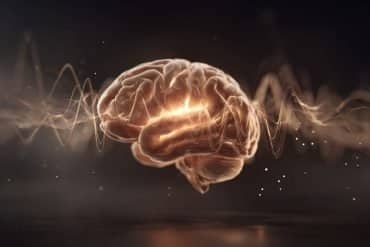Summary: A new study reveals that certain brain cells, known as “concept cells,” in the hippocampus track pronouns to link them with the correct person in a sentence. Researchers found that these cells respond not only to a person’s name or image but also to pronouns like “he” or “she” that refer to them.
The study demonstrates how the hippocampus helps us understand language by connecting pronouns to their related nouns, a vital part of memory and comprehension. These findings offer new insights into how the brain processes language and forms memories.
Key Facts:
- Brain “concept cells” link pronouns like “he” or “she” to the correct person.
- The hippocampus helps connect pronouns to nouns, aiding memory and comprehension.
- This research provides new insights into how the brain processes language.
Source: KNAW
Read the following sentence: “Donald Trump and Kamala Harris walked into the bar, she sat down at a table.” We all immediately know that it was Kamala who sat at the table, not Donald. Pronouns like “she” help us to understand language, but pronouns can have multiple meanings.
Depending on the context, we understand who the pronoun is referring to. But how is it that we are so good at this, and how does our brain link pronouns with their nouns?
To answer this question, an international team of neuroscientists, neurosurgeons, and neurologists joined forces. Doris Dijksterhuis and Matthew Self from Pieter Roelfsema’s group looked together with their colleagues at the brain activity of patients with epilepsy.

As part of their treatment, these patients were implanted with depth electrodes in their hippocampus, a brain area involved in learning and memory. The research team took advantage of this and conducted additional tests with them.
“We can measure the activity of individual brain cells in the hippocampus while the patient performs a task,” says Matthew Self. In the hippocampus, there are cells that respond to a specific person, so-called “concept cells.”
“A well-known example is the “Jennifer Aniston cell,” which becomes active when you see a photo of Jennifer Aniston, hear her name or read the words “Jennifer Aniston”. We wondered if these cells also become active when you only read a pronoun, like ‘he’ or ‘she’. Are these cells able to link the pronoun to the right person?
Shrek cell
Doris Dijksterhuis: “To test this, we first showed the patients many photos until we found a cell that responded to one particular image. For example, we found a cell that responded to an image of ‘Shrek’ but not to other images. We call this cell a ‘Shrek concept cell’. When patients later read a sentence like: “Shrek and Fiona were having dinner. He poured out some wine.” the ‘Shrek’ cell indeed responded to the word “Shrek”, but also to the pronoun ‘He.’
This is interesting because such a pronoun can mean something entirely different in another sentence.
For example, in the sentence ‘Donald Trump and Kamala Harris were having dinner. He poured out some wine,’ the same pronoun, ‘He’, refers to Donald Trump, and therefore the Shrek cell will not react. Individual hippocampal cells track who the pronoun refers to in a dynamic, flexible way.”
Self: “We had the participants answer a question at the end of the sentences about who performed the action. We could predict whether the patients would give the correct answer based on the activity of the individual concept cells.
“To make it a bit more challenging, we also added some trick questions, with two people of the same gender: “Jennifer Aniston and Kamala Harris walked into a bar. She sat at the table.” The patient had to decide themselves who performed the action.
“We observed that patients tended to choose the person that evoked the most activity in the hippocampus at the start of the sentence. This could be based on chance fluctuations in activity on a trial-by-trial basis or an internal preference for one of the two characters in the sentence.”
The bigger picture
Dijksterhuis: “The hippocampus is important for learning and memory, but it remains unclear how the hippocampus is involved in the interaction between memory and language. How do we remember what we’ve read?
“When you think of something you’ve read, you have different concepts that together create the story. Pronouns help us to understand who did what in the story and cells in the hippocampus encode these actions into our memory. Ultimately, we want to know how an entire memory is formed and represented in the brain.”
“It is of great value that this group of patients has given their permission to participate in our research. We can only very rarely measure the activity of single brain cells in people who are reading and it is impossible to study these processes in animals. When we get the chance, we try to get as much out of it as possible.”
About this language and neuroscience research news
Author: Eline Feenstra
Source: KNAW
Contact: Eline Feenstra – KNAW
Image: The image is credited to Neuroscience News
Original Research: Closed access.
“Pronouns reactivate conceptual representations in human hippocampal neurons” by Matthew Self et al. Science
Abstract
Pronouns reactivate conceptual representations in human hippocampal neurons
During discourse comprehension, every new word adds to an evolving representation of meaning that accumulates over consecutive sentences and constrains the next words.
To minimize repetition and utterance length, languages use pronouns, like the word “she,” to refer to nouns and phrases that were previously introduced. It has been suggested that language comprehension requires that pronouns activate the same neuronal representations as the nouns themselves.
We recorded from individual neurons in the human hippocampus during a reading task. Cells that were selective to a particular noun were later reactivated by pronouns that refer to the cells’ preferred noun.
These results imply that concept cells contribute to a rapid and dynamic semantic memory network that is recruited during language comprehension.






